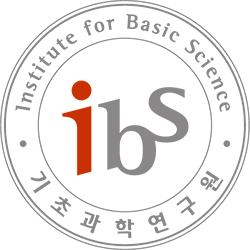2024 Korean Student Combinatorics Workshop (KSCW2024, 2024 조합론 학생 워크샵)
Gongju Hanok Village, GongjuVenue Gongju Hanok Vilage (공주한옥마을) Organizers Donggyu Kim (김동규), KAIST and IBS Discrete Mathematics Group Seokbeom Kim (김석범), KAIST and IBS Discrete Mathematics Group Seonghyuk Im (임성혁), KAIST and IBS Extremal Combinatorics and Probability Group Hyunwoo Lee (이현우), KAIST and IBS Extremal Combinatorics and Probability Group

